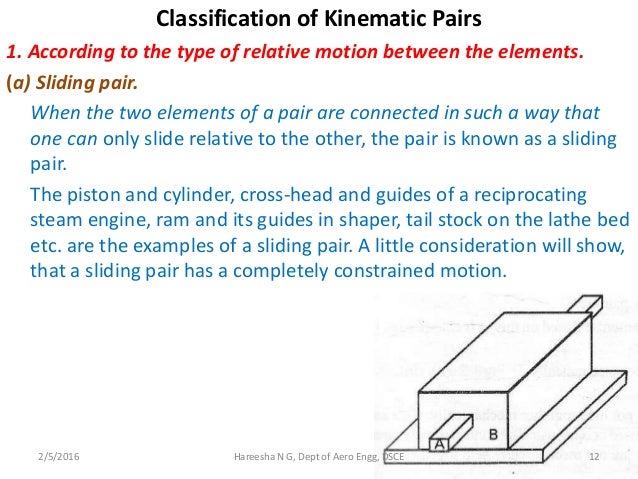Sep 03, 2019 F33A POH PDF - Beechcraft F33A Bonanza Performance. Max Speed Vne - Knots. Max Structural Cruise Vno - Knots. Beechcraft Bonanza F33A Normal Operations STARTING CAUTION Vernier-type engine controls should not be rotated clockwise after being advanced to the full forward position. NOTE If the engine is hot, and the ambient temperature is 90 ⁰ F (32 ⁰ C) or above, place mixture control in IDLE CUT-OFF, switch aux fuel pump to ON for 30 to 60 seconds. Mar 06, 2019 I cannot get enough of that book. Bonanza’s are plh injected – no carby heat. F33A Aft CG Limit restricts use of back seats. Bonanza Performance computes all the useful performance numbers for flight planning for Beechcraft Bonanza aircraft with options for turbonormalizer and tip tanks. F33A POH PDF - Beechcraft F33A Bonanza Performance. Max Speed Vne - Knots. Max Structural Cruise Vno - Knots. The American Bonanza Society’s Beechcraft Pilot Proficiency Program (BPPP) Guide to Initial Pilot Checkout: IO-520/550 Beechcraft Bonanzas and Debonairs Originally Equipped with the Continental Motors IO-520/IO-550 Engine Models S35, V35, V35A, V35B, C33A, E33A, E33C, F33A, F33C, 36, A36, G36 Revision 1 November 2012. Beechcraft bonanza f33a poh pdf.

Spherical Mechanism
.Part of thebook series (SHB) AbstractKinematics pertains to the motion of bodies in a robotic mechanism without regard to the forces/torques that cause the motion. Since robotic mechanisms are by their very essence designed for motion, kinematics is the most fundamental aspect of robot design, analysis, control, and simulation. The robotics community has focused on efficiently applying different representations of position and orientation and their derivatives with respect to time to solve foundational kinematics problems.This chapter will present the most useful representations of the position and orientation of a body in space, the kinematics of the joints most commonly found in robotic mechanisms, and a convenient convention for representing the geometry of robotic mechanisms. These representational tools will be applied to compute the workspace, the forward and inverse kinematics, the forward and inverse instantaneous kinematics, and the static wrench transmission of a robotic mechanism. For brevity, the focus will be on algorithms applicable to open-chain mechanisms.The goal of this chapter is to provide the reader with general tools in tabulated form and a broader overview of algorithms that can be applied together to solve kinematics problems pertaining to a particular robotic mechanism.